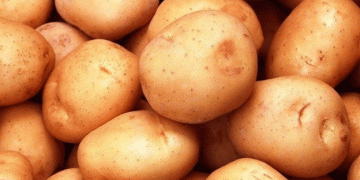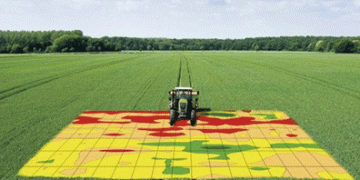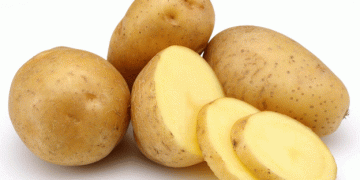#Agriculture #EuropeanPotatoIndustry #MarketQuotations #AgriculturalEconomics #FarmingChallenges #NEPG #SustainableFarming #ClimateChange #StoragePractices #MarketDynamics #AgriculturalInnovation
In the ever-fluctuating landscape of agricultural economics, the North-Western European Potato Growers (NEPG) have recently raised a significant concern. The plummeting prices of free-buy potatoes in several European regions have set off alarms within the farming community. The NEPG asserts that while the low demand is partly due to higher contracted volumes and increased availability of non-storable potatoes, there must be a logical correlation between market quotations and actual exchanged volumes. This article delves into the intricacies of this issue, relying on the latest data from NEPG and other reputable sources to explore the challenges faced by farmers, agronomists, agricultural engineers, and scientists in the European potato industry.
The NEPG, in a recent press release, highlighted a concerning trend: the sharp decline in free-buy potato prices across North-Western Europe. The decline has created a challenging situation where farmers find it increasingly difficult to cover their manufacturing costs. According to the NEPG, the root cause of this problem lies in the disparity between market quotations and the real exchanged volumes. While demand has dwindled due to higher contracted volumes and the influx of non-storable potatoes, the current market quotations do not align with the actual volumes being exchanged. This incongruity has led to a minuscule market, with limited opportunities for farmers to sell their produce at profitable rates.
The NEPG emphasizes the importance of prudence among producers. It advises against succumbing to panic, underscoring that the fundamentals of the market remain robust in the long term. Storage becomes a pivotal aspect in such scenarios, enabling farmers to tide over periods of low demand and unfavorable market prices. The NEPG also sheds light on the future needs of the European processing industry, which have surged significantly. Comparing the demand with that of two years ago, an additional 2 million tons are required. Despite the current downturn, the future price prospects are promising, offering a silver lining for the industry.
However, challenges abound in the European potato industry. Beyond market dynamics, farmers are grappling with multifaceted issues such as economic constraints, evolving legislative frameworks, technical intricacies, and the looming specter of climate change. These factors compound the risks associated with potato cultivation, making it an increasingly arduous endeavor. In such a scenario, every stakeholder in the European potato industry needs to assimilate this information comprehensively. Whether it’s for future plantings or sustaining the supply chain, a holistic understanding of these challenges is imperative.
In navigating the complex terrain of agricultural economics, the NEPG’s concerns about the logical correlation between market quotations and actual exchanged volumes serve as a clarion call for introspection within the European potato industry. While the current market may be challenging, a strategic approach involving prudent storage practices, awareness of industry demands, and adaptation to economic, legislative, technical, and climatic changes can pave the way for sustainable farming practices.
The need of the hour is collaboration and adaptability. Farmers, agronomists, agricultural engineers, farm owners, and scientists must come together, armed with knowledge and a collective vision, to address these challenges head-on. By embracing innovation, sustainable practices, and a nuanced understanding of market dynamics, the European potato industry can not only weather the storm but also thrive in the face of adversity.






